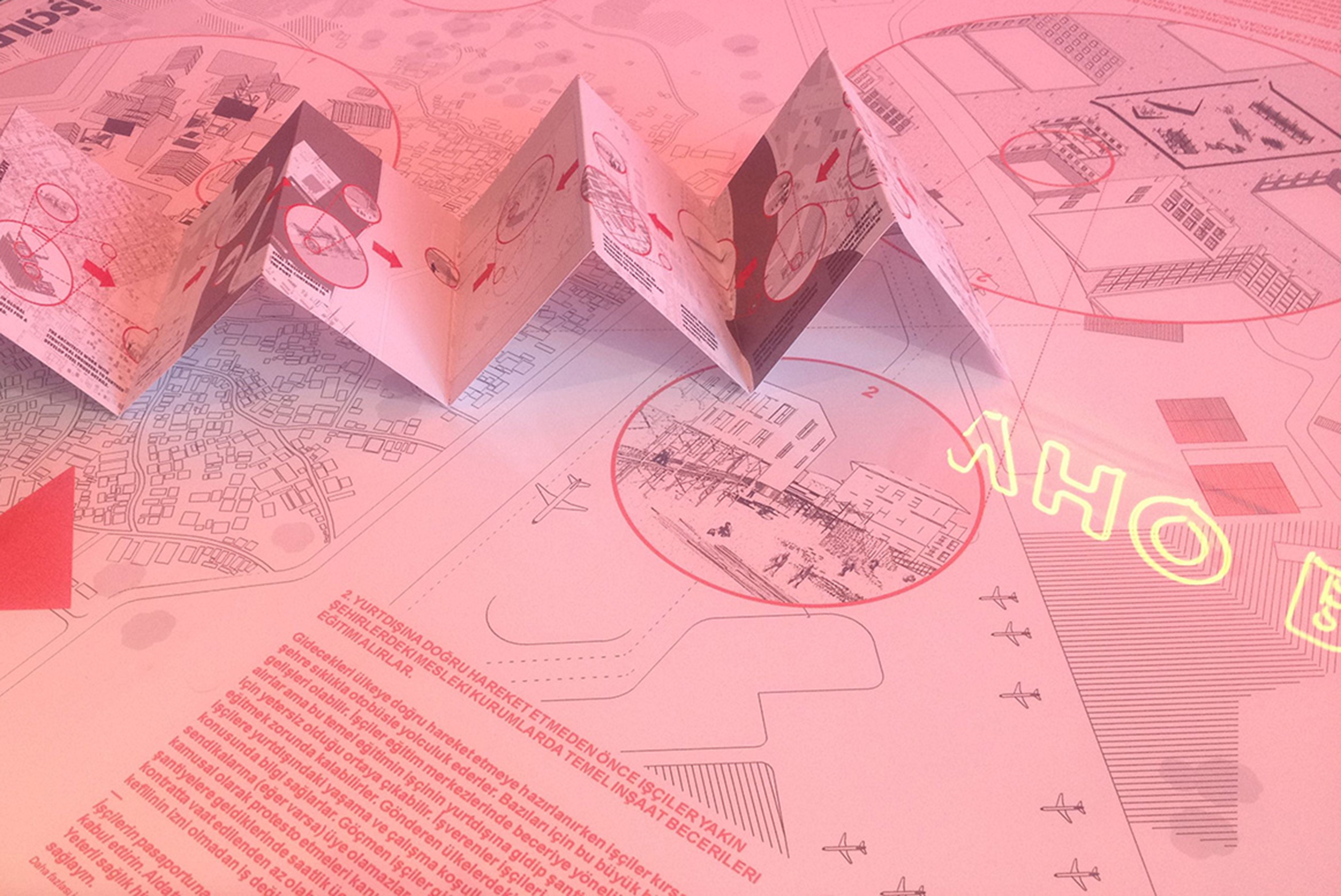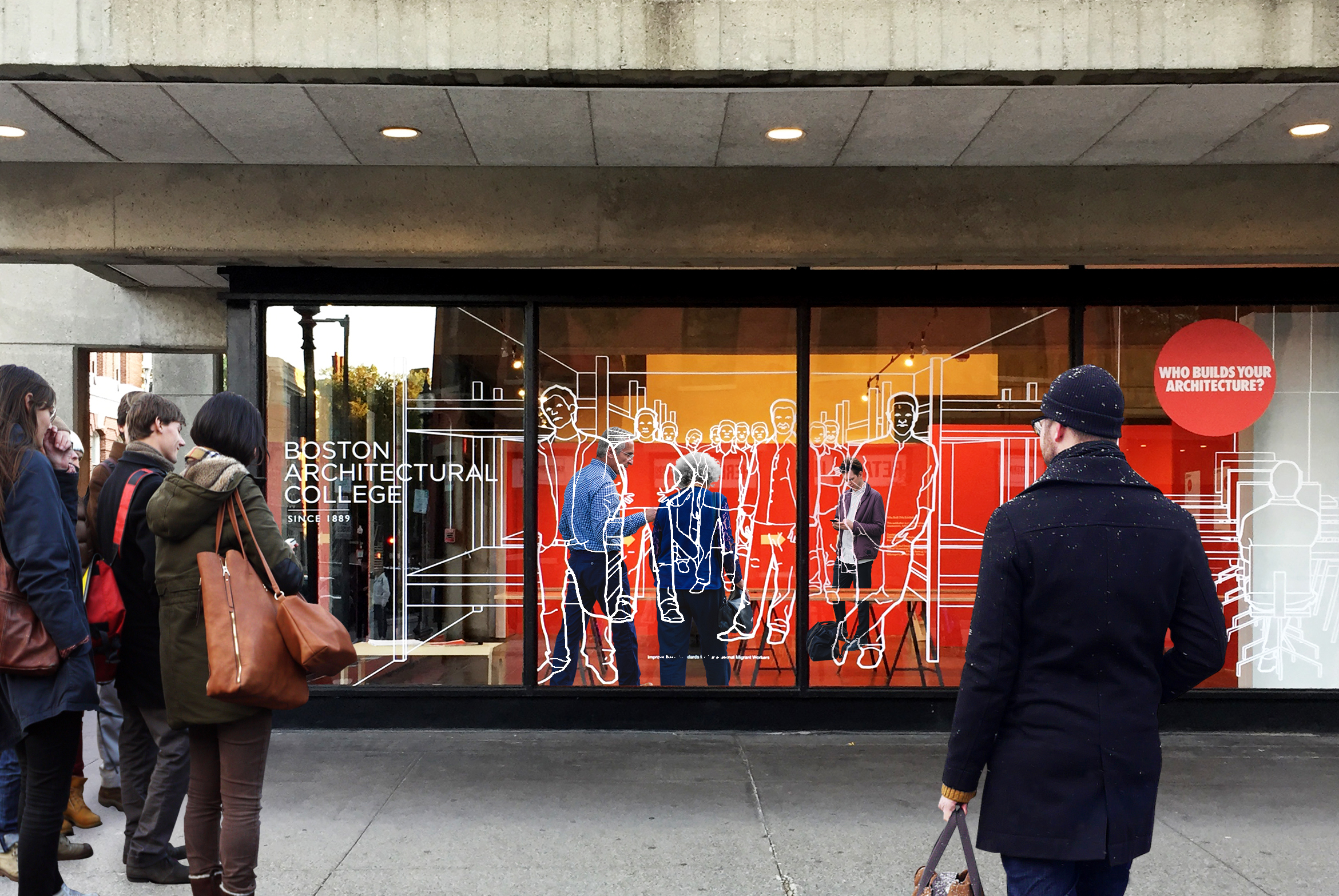Who Builds Your Architecture? Exhibition




Index
All Weather Garden
Bar Cicchetti
Black Swan
Blue Grass House
CC Housing
Dear Future
Designing The Forest and Other Mass Timber Futures
Edgewater Flat
Engine Factory
Glenn Rock
Hohokam Circle
Immersive Housing Catalog
Material Worlds
Megaflora Housing
Natural Number Houses
Neurodivergent Classrooms
Nine Reciprocities
Parkview Mountain House
Pleat Project
Primose Community
Public Records, The Nursery
Rancho Almasomos
Rugby Duplex
Springy Banks
Three Material Stories
WBYA Exhibition
institutional
commercial, interior, mass timber
commercial
residential, single-family, interior, mass timber
competition, residential, multi-family, mass timber
exhibition, graphic design
research, publication
residential, interior
industrial, mass timber
residential
residential, interior, ADU, adaptive reuse, single-family
research, publication, residential
curatorial
competition, residential, multi-family, mass timber
residential, research, mass timber
educational, interior
research, publication, residential, multi-family
hospitality, residential, interior
commercial
planning, mixed-use, adaptive reuse, multi-family
commercial, mass timber
commercial, mixed-use, mass timber, planning, hospitality
residential, interior
residential, ADU, adaptive reuse
research, publication
exhibition

Completed in 2019
Client: Boston Architecture College Gallery
WBYA? (Who Builds Your Architecture) is an advocacy group that asks: how can architects and better understand how the production of buildings connects their design and consulting practices to the workers who ultimately build them.

To better understand this global issue and make visible these entanglements, WBYA? began research initiatives and mobilized architectural tools to draw connections between architects and workers; we organized workshops with architects, activists, students and organizational partners to brainstorm ideas and strategies; publicizing the findings through public exhibitions and a host of publications.

